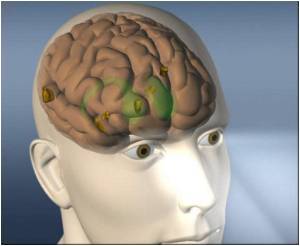
Senior author Marc I. Diamond, MD, the David Clayson Professor of Neurology, said that many of the enzymes that create HSPGs or otherwise help them function are good targets for drug treatments.
Diamond and his colleagues have shown that a part of nerve cells' inner structure known as tau protein can misfold into a configuration called an amyloid.
These corrupted versions of tau stick to each other in clumps within the cells. Like prions, the clumps spread from one cell to another, seeding further spread by causing copies of tau protein in the new cell to become amyloids.
In the new study, first author Brandon Holmes, an MD/PhD student, showed that HSPGs are essential for binding, internalizing and spreading clumps of tau.
When he genetically disabled or chemically modified the HSPGs in cell cultures and in a mouse model, clumps of tau could not enter cells, thus inhibiting the spread of misfolded tau from cell to cell.
Advertisement
Diamond said that this suggests that it may one day be possible to unify our understanding and treatment of two or more broad classes of neurodegenerative disease.
Advertisement
Source-ANI









